Home>Articles>How Much Does It Cost To Put In A Chain-Link Fence?
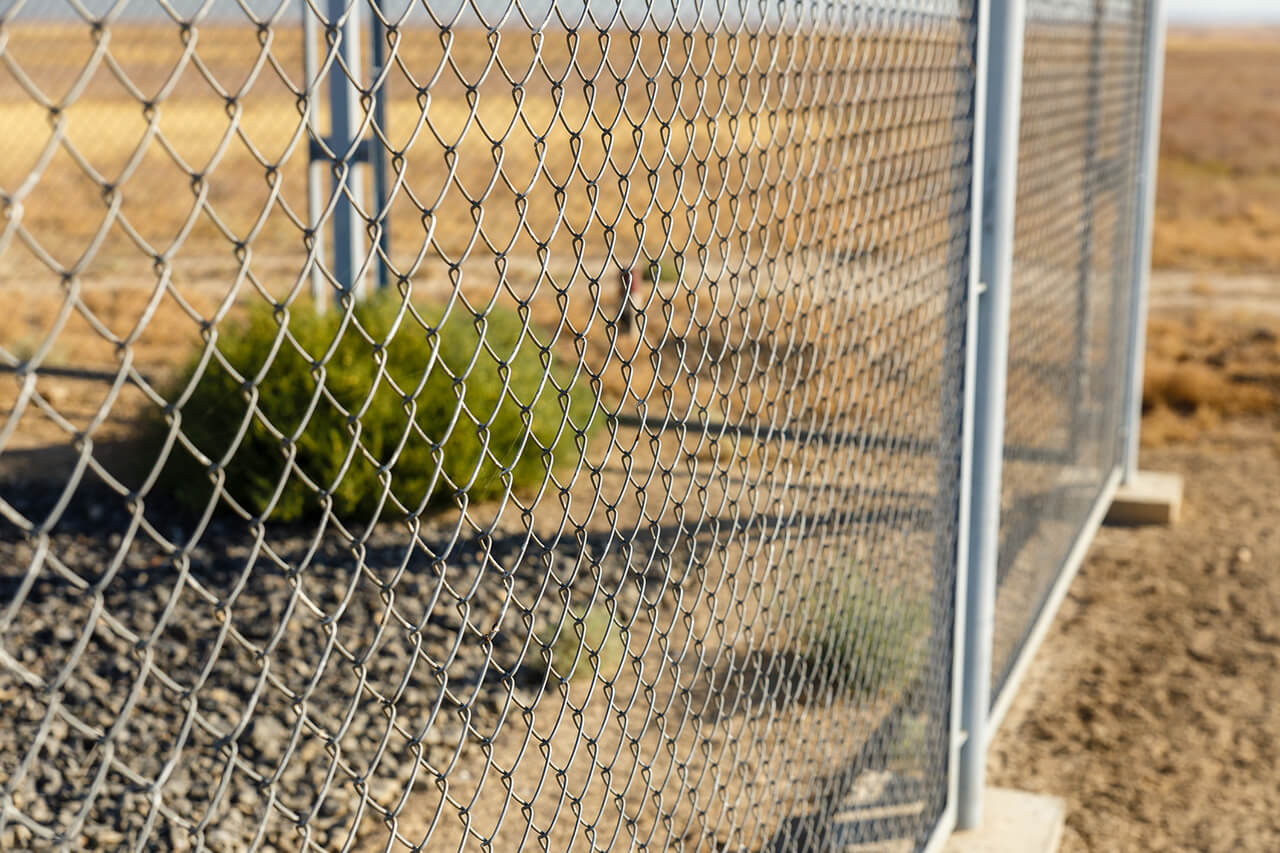

Articles
How Much Does It Cost To Put In A Chain-Link Fence?
Modified: February 23, 2024
Looking for articles on the cost of installing a chain-link fence? Discover the expenses involved and make an informed decision.
(Many of the links in this article redirect to a specific reviewed product. Your purchase of these products through affiliate links helps to generate commission for Storables.com, at no extra cost. Learn more)
Introduction
When it comes to securing your property, installing a chain-link fence is a popular and cost-effective option. Chain-link fences offer durability, low maintenance, and versatility, making them suitable for a wide range of applications, including residential, commercial, and industrial settings.
However, before embarking on a chain-link fence installation project, it is important to understand the associated costs. The cost of putting in a chain-link fence can vary depending on several factors such as the size of the area, the type of materials used, and the complexity of the installation.
In this article, we will explore the factors that can affect the cost of chain-link fence installation, the materials required for the project, labor costs involved, and any additional expenses to consider. We will also provide some tips on how to save money on your chain-link fence installation without compromising on quality and security.
By understanding the key factors and costs involved, you can make an informed decision and budget accordingly for your chain-link fence installation.
Key Takeaways:
- Factors such as the size of the area, fence height, and quality of materials significantly impact the cost of installing a chain-link fence. Prioritize these factors to make informed decisions and stay within budget.
- While cost-saving strategies like DIY installation and standard sizes can reduce expenses, it’s crucial to prioritize quality and security. Consult professionals, obtain multiple quotes, and invest in durable materials for a reliable chain-link fence.
Read more: How Much Does A Black Chain Link Fence Cost
Factors Affecting the Cost of Chain-Link Fence Installation
The cost of installing a chain-link fence can vary depending on several factors. It is essential to take these factors into consideration when planning your project to ensure that you have a clear understanding of the overall cost involved. Here are the main factors that can affect the cost of chain-link fence installation:
- Size of the Area: One of the primary factors that influence the cost of chain-link fence installation is the size of the area you want to enclose. The larger the area, the more materials will be required, resulting in higher costs.
- Fence Height: The height of the fence also plays a significant role in determining the cost. Taller fences require more materials and labor, resulting in increased expenses.
- Fence Quality: The quality of the chain-link fence materials will impact the cost. Higher quality materials tend to be more expensive, but they offer better durability and longevity.
- Gauge of the Chain-Link Fabric: The gauge of the chain-link fabric refers to the thickness of the wire used. A lower gauge (thicker wire) is more durable and, therefore, more expensive.
- Additional Features: If you require additional features such as gates, privacy slats, or barbed wire, these will add to the overall cost of the installation. These features provide added security but come at an extra expense.
- Terrain and Site Conditions: The terrain and site conditions can also impact the cost of installation. If the ground is uneven or rocky, it may require additional labor and equipment, leading to higher costs.
- Location: The location of your property can affect the cost as well. Labor and material costs can vary depending on the region or city, so it is important to consider the local market when budgeting for your fence installation.
It is important to keep in mind that while price is a significant factor, quality should not be compromised. Investing in high-quality materials and professional installation ensures a long-lasting and secure fence for your property.
Materials Required for Chain-Link Fence Installation
When it comes to chain-link fence installation, there are several materials that you will need to gather before starting the project. These materials are essential for ensuring the durability, stability, and overall functionality of your fence. Here are the main materials required for chain-link fence installation:
- Chain-Link Fabric: The chain-link fabric is the main component of the fence. It is made of galvanized steel wire that is woven together to create the characteristic diamond pattern. The gauge and height of the fabric will depend on your specific requirements.
- Fence Posts: Fence posts provide stability and support for the chain-link fabric. These are typically made of galvanized steel or aluminum. The number of fence posts needed will depend on the length and configuration of the fence.
- Top Rail: The top rail runs horizontally along the top of the fence and provides additional support and stability. It is usually made of galvanized steel or aluminum. The length of the top rail should match the length of the fence.
- Line Posts: Line posts are used to connect the chain-link fabric to the fence posts. These are smaller in diameter compared to the corner and end posts. The number of line posts required will depend on the length of the fence and the spacing between posts.
- Hardware: Various hardware components are required to connect and secure the different parts of the fence. This includes tension bands, brace bands, rail ends, tension bars, and bolts. It is crucial to choose high-quality hardware to ensure the stability and longevity of the fence.
- Gates: If you require gates as part of your chain-link fence installation, you will need to purchase gate frames, hinges, latches, and other gate hardware. The size and number of gates required will depend on your specific needs and access points.
- Concrete: Concrete is necessary for setting the fence posts securely in the ground. It provides stability and prevents the posts from shifting or leaning over time. Make sure to choose the right type of concrete mix for your specific soil conditions.
- Optional Additions: Depending on your preferences and needs, you may choose to add optional features such as privacy slats, tension wire, or barbed wire. These additions can enhance the security or privacy of your chain-link fence.
It is important to source your materials from reputable suppliers to ensure their quality and durability. Consider consulting with a professional installer or contractor to determine the exact amount of materials needed for your specific project.
Labor Costs for Installing a Chain-Link Fence
When planning a chain-link fence installation, it is essential to consider the labor costs involved. While you may choose to install the fence yourself, hiring a professional can save you time and ensure a proper and efficient installation. The labor costs for installing a chain-link fence can vary depending on several factors:
- Fence Size: The size of the fence will impact the labor costs. Larger fences will require more time and effort to install, thus increasing the labor expenses.
- Fence Complexity: The complexity of the fence design can also influence the labor costs. If the fence requires intricate patterns, multiple gates, or additional features, it may require more labor to install properly.
- Site Conditions: The condition of the installation site can affect the labor costs as well. If the terrain is uneven, rocky, or requires additional excavation work, it may result in higher labor expenses.
- Location: The location of your property can impact the labor costs due to variations in labor rates and availability of skilled professionals in different areas.
- Experience and Expertise: The level of experience and expertise of the fence installer can also affect the labor costs. Highly skilled and experienced professionals may charge higher rates for their services.
It is crucial to obtain quotes from multiple contractors to compare labor costs before making a decision. Make sure to choose a reputable and licensed professional who has experience with chain-link fence installation. They will ensure that the fence is installed correctly, meeting all safety and quality standards.
Keep in mind that labor costs typically do not include any additional expenses, such as permits, equipment rental, or disposal fees. Make sure to discuss these potential costs with your chosen contractor to avoid any surprises.
While hiring a professional installer may add to the overall cost, it offers several benefits. It saves you time and effort, ensures proper installation, and provides peace of mind knowing that your chain-link fence has been installed by a qualified expert.
Get multiple quotes from different contractors to compare costs. Consider factors like the length of the fence, the type of materials, and any additional features or services. Research local building codes and regulations to ensure compliance.
Additional Costs Associated with Chain-Link Fence Installation
When planning for a chain-link fence installation, it is important to consider additional costs that may arise throughout the project. These costs can vary depending on your specific requirements and circumstances. Here are some common additional costs to be aware of:
- Permits: Depending on your local regulations, you may need to obtain permits before installing a fence. Permit costs can vary, so it is important to check with your local municipality or homeowner’s association to determine if any permits are required and factor in the associated fees.
- Site Preparation: In some cases, site preparation may be necessary before installing the chain-link fence. This can include clearing vegetation, removing obstacles, or grading the land. Site preparation costs will vary depending on the condition of the site and the amount of work required.
- Disposal of Old Fence: If you are replacing an existing fence, you may need to incur costs for disposing of the old fence materials. This could involve renting a dumpster or hiring a waste removal service.
- Land Surveying: If your property boundaries are unclear, it may be necessary to hire a land surveyor to determine the accurate location for the fence installation. Land surveying costs will depend on the size and complexity of your property.
- Additional Security Measures: While chain-link fences offer security on their own, you may choose to add additional security measures such as security cameras or motion sensors. These additional features come at an extra cost but can enhance the overall security of your property.
- Maintenance and Repairs: It is important to factor in the long-term costs of maintaining and repairing your chain-link fence. Although chain-link fences require minimal maintenance, occasional repairs may be necessary, such as fixing damaged sections or replacing rusty parts.
It is recommended to budget for these additional costs to ensure that you have an accurate estimate of the total expenses associated with your chain-link fence installation. Consulting with a professional installer or contractor can help you identify any potential additional costs specific to your project.
Remember to prioritize the quality and durability of the fence materials and installation, as investing in a well-built and properly maintained chain-link fence will save you money in the long run.
Read more: How Expensive Is Chain Link Fence
Tips for Saving Money on Chain-Link Fence Installation
While chain-link fences offer affordability compared to other fencing options, it is always beneficial to find ways to save money on the installation without compromising on quality. Here are some tips to help you save money on your chain-link fence installation:
- Obtain Multiple Quotes: It is essential to get quotes from different contractors to compare prices and services. This allows you to find the best balance between cost and quality.
- Choose Standard Heights and Gauges: Opting for standard fence heights and gauges can help reduce costs since custom sizes may require additional materials or special orders. Consult with your contractor to determine the most cost-effective options.
- Consider DIY Installation: If you have the necessary skills and tools, you can save on labor costs by installing the chain-link fence yourself. However, keep in mind that professional installation ensures proper and efficient installation, so assess your abilities before proceeding.
- Choose Galvanized Steel Instead of Vinyl Coating: Galvanized steel chain-link fabric is typically more affordable than vinyl-coated options. It may lack the aesthetic appeal of vinyl coating but offers comparable durability.
- Opt for Standard Gate Sizes: Custom gate sizes can significantly increase costs. Choosing standard gate sizes can help save on materials and reduce fabrication expenses.
- Shop for Deals on Materials: Look for sales, discounts, or promotions on chain-link fence materials. Buying materials during off-peak seasons or taking advantage of bulk discounts can help save money.
- Reuse Existing Fence Posts: If you are replacing an existing fence, consider reusing the fence posts if they are still in good condition. This can help reduce the cost of purchasing new posts.
- Maintain the Fence Regularly: Proper maintenance, such as keeping the fence clean and inspecting for any issues, can prolong its lifespan. Regular maintenance reduces the likelihood of costly repairs or premature replacement.
- Consider Alternatives for Additional Features: If you are on a tight budget, explore less expensive alternatives for additional features like privacy slats or barbed wire. There may be cost-effective options available that still serve their intended purpose.
Remember that while cost savings are important, it is equally important to prioritize the quality and security of your fence. Investing in durable materials and professional installation ensures a long-lasting and reliable chain-link fence.
Consulting with reputable professionals and discussing your budget constraints can help you find the best solutions for your specific needs, ultimately achieving a balance between cost savings and quality.
Conclusion
Installing a chain-link fence is an excellent choice for homeowners and property owners looking for a cost-effective and durable solution to secure their premises. By understanding the factors influencing the cost, the materials required, and the additional expenses involved, you can make informed decisions and budget effectively for your chain-link fence installation.
Factors such as the size of the area, fence height, and quality of materials will impact the overall cost of installation. It is important to carefully consider these factors and choose the right materials and specifications to meet your needs while staying within your budget.
When it comes to labor costs, hiring a professional installer can save you time and ensure a proper and efficient installation. Obtaining multiple quotes and comparing services will help you find the right balance between cost and quality.
Keep in mind the additional costs that may arise, including permits, site preparation, disposal of old fence materials, and ongoing maintenance. Planning for these expenses will ensure you have a comprehensive understanding of the total costs involved.
By implementing cost-saving strategies such as DIY installation, choosing standard sizes and gauges, and shopping for materials deals, you can reduce the overall cost of your chain-link fence installation. However, it is crucial to prioritize the quality and security of the fence to ensure its longevity and effectiveness.
In conclusion, a well-installed chain-link fence provides a cost-effective, reliable, and versatile solution for property owners. By considering the factors affecting the cost, selecting the right materials, and exploring cost-saving options, you can successfully install a chain-link fence that meets your security needs while staying within your budget.
Remember to consult with professionals, obtain multiple quotes, and prioritize the quality of materials and installation to ensure a secure and long-lasting chain-link fence for your property.
Frequently Asked Questions about How Much Does It Cost To Put In A Chain-Link Fence?
Was this page helpful?
At Storables.com, we guarantee accurate and reliable information. Our content, validated by Expert Board Contributors, is crafted following stringent Editorial Policies. We're committed to providing you with well-researched, expert-backed insights for all your informational needs.
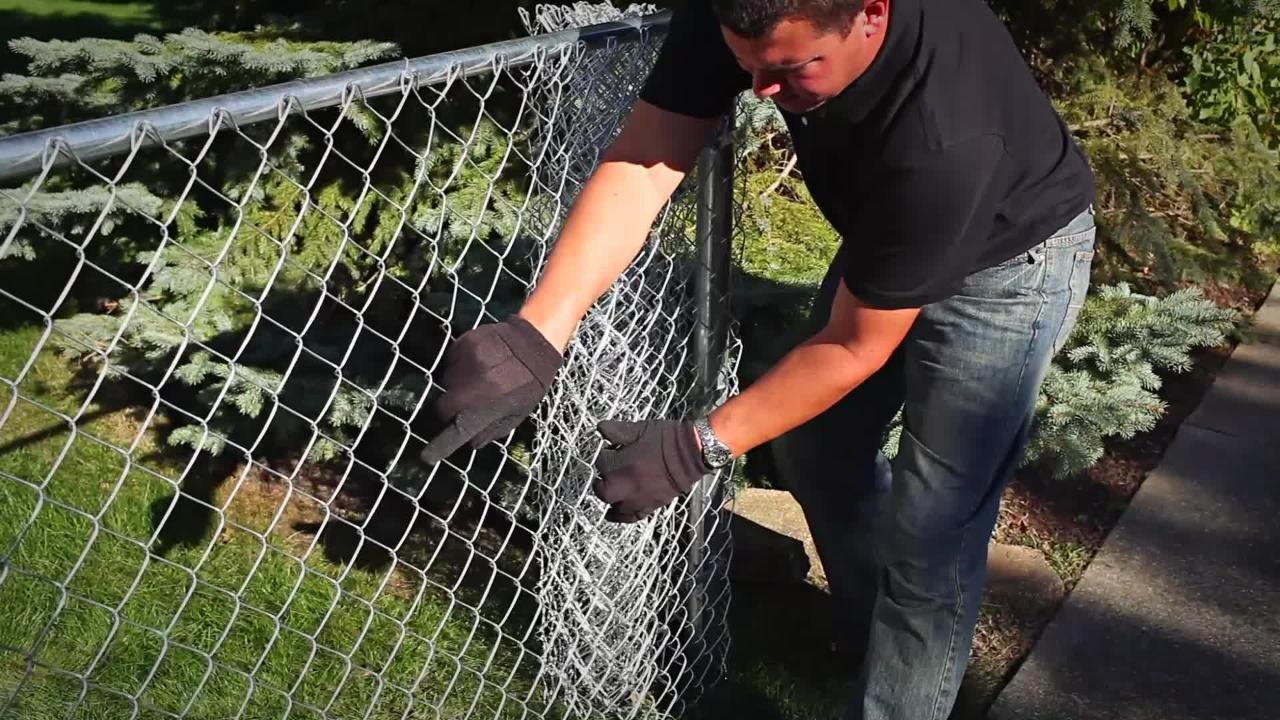
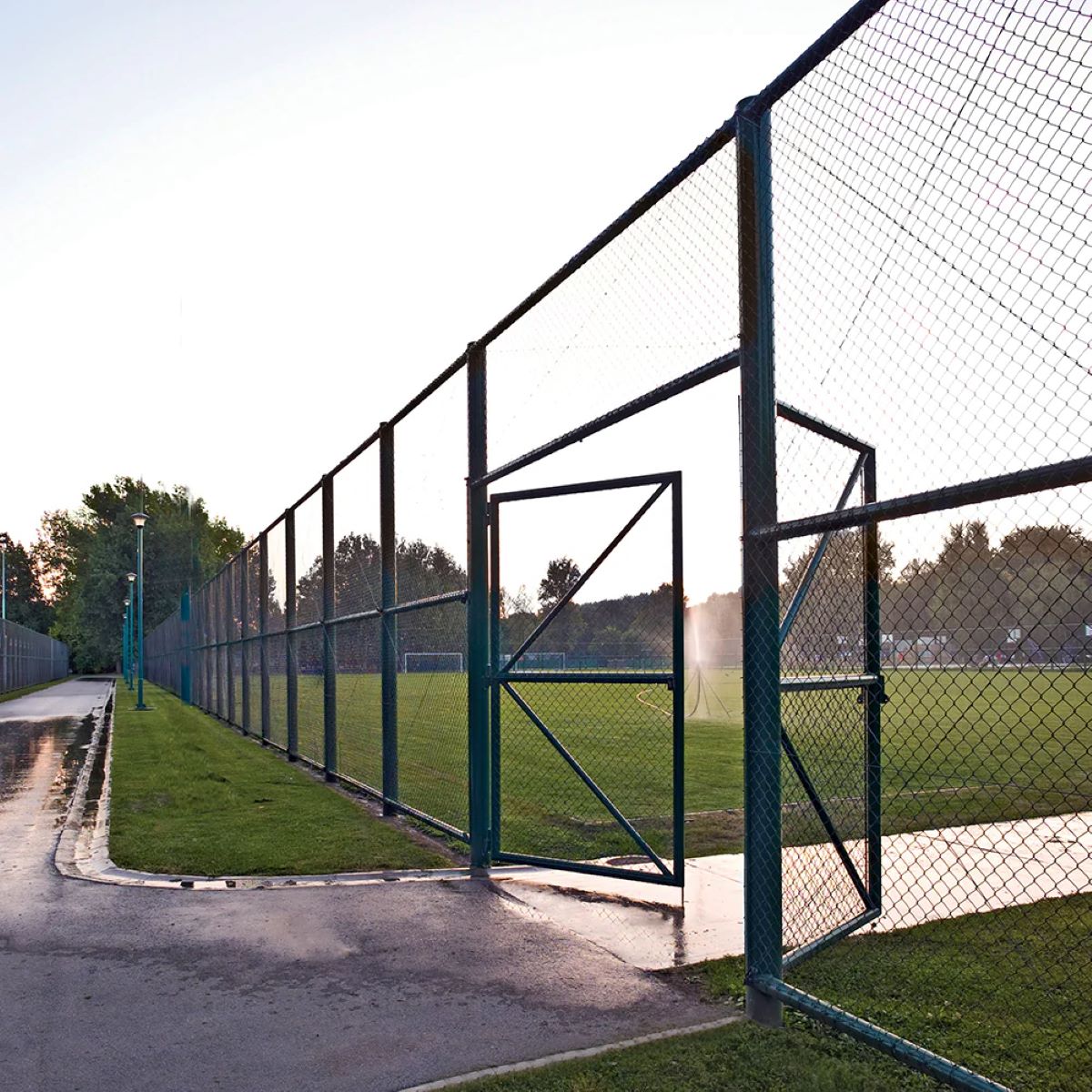
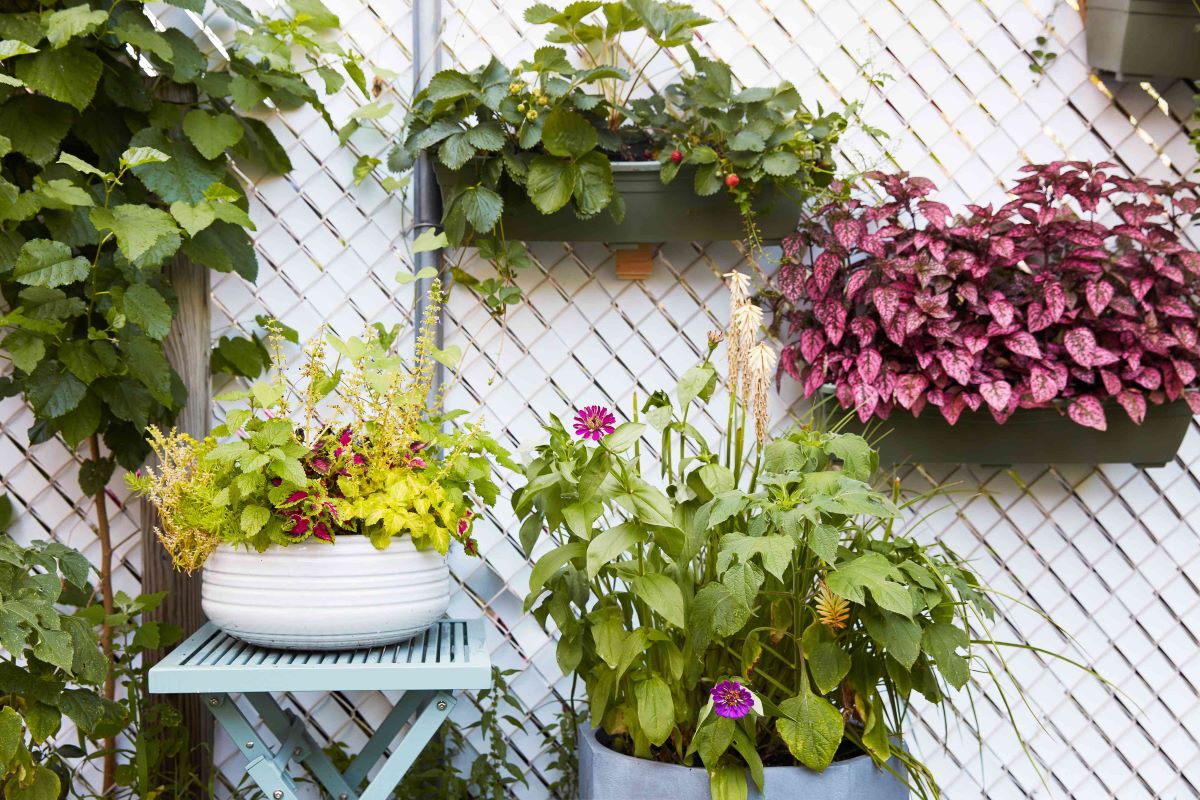
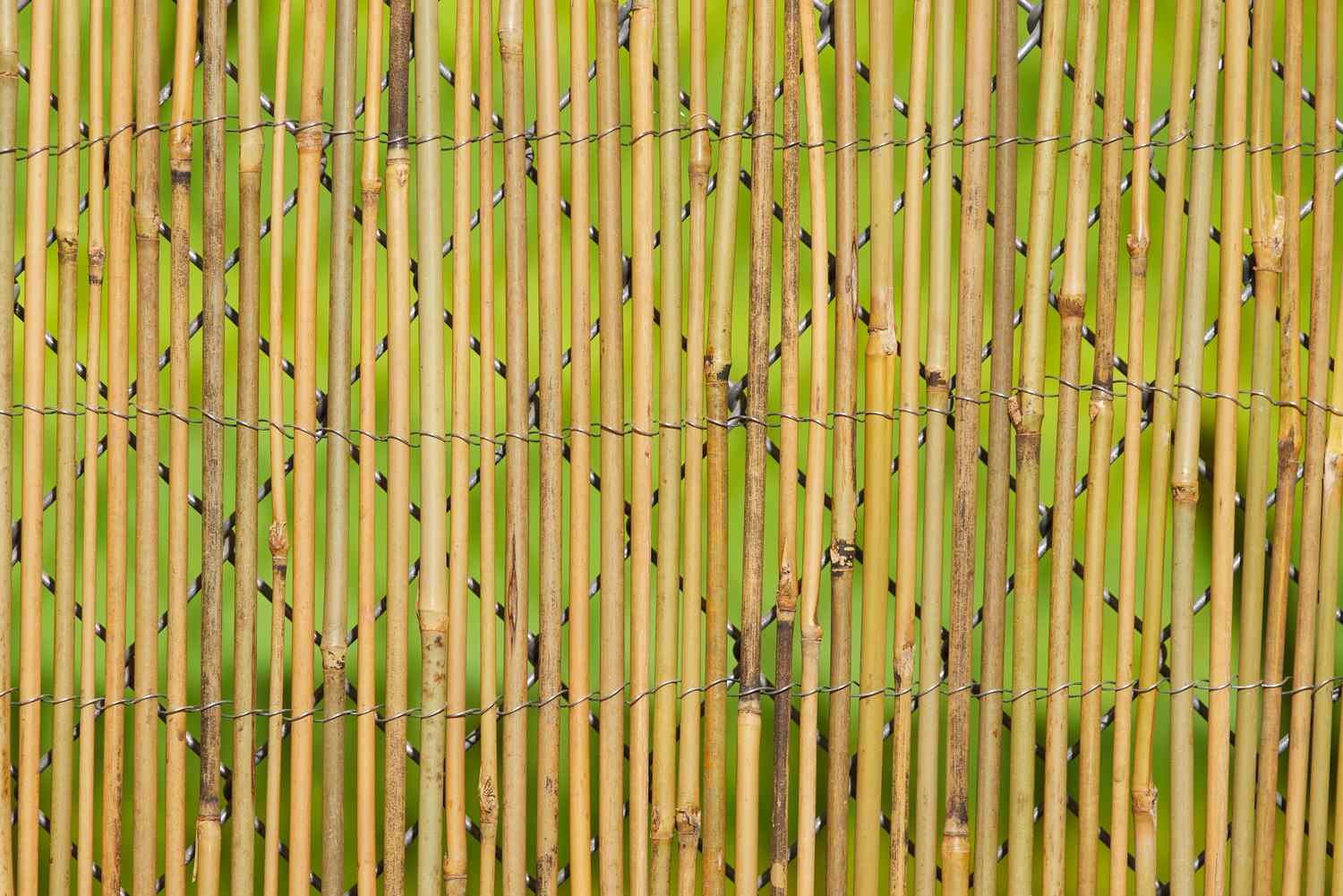
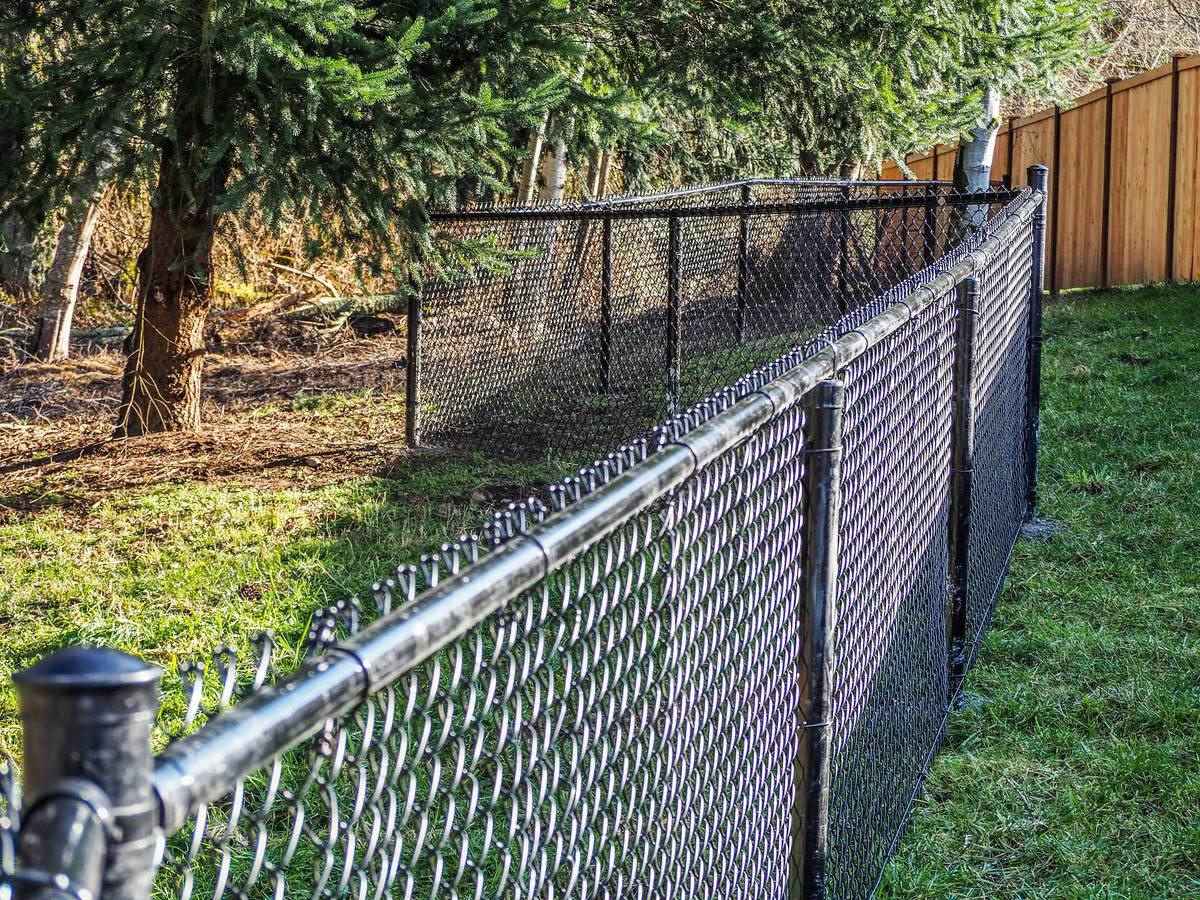
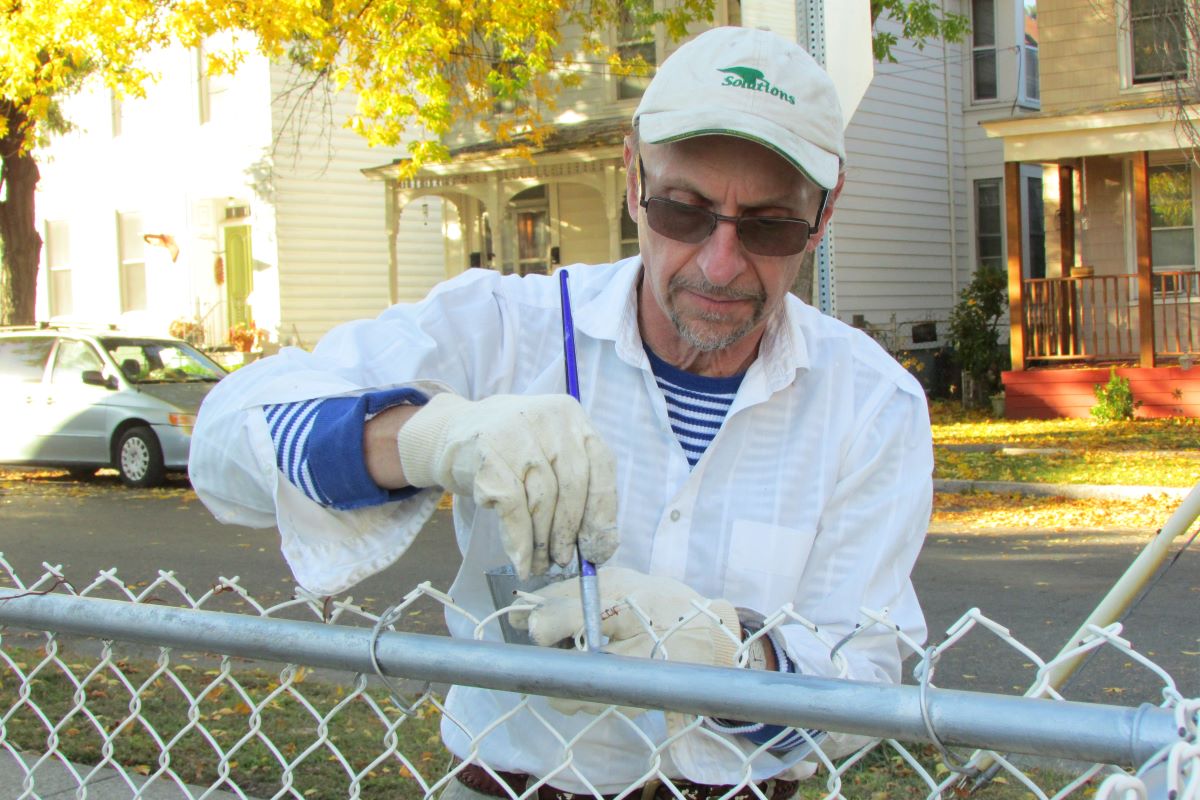
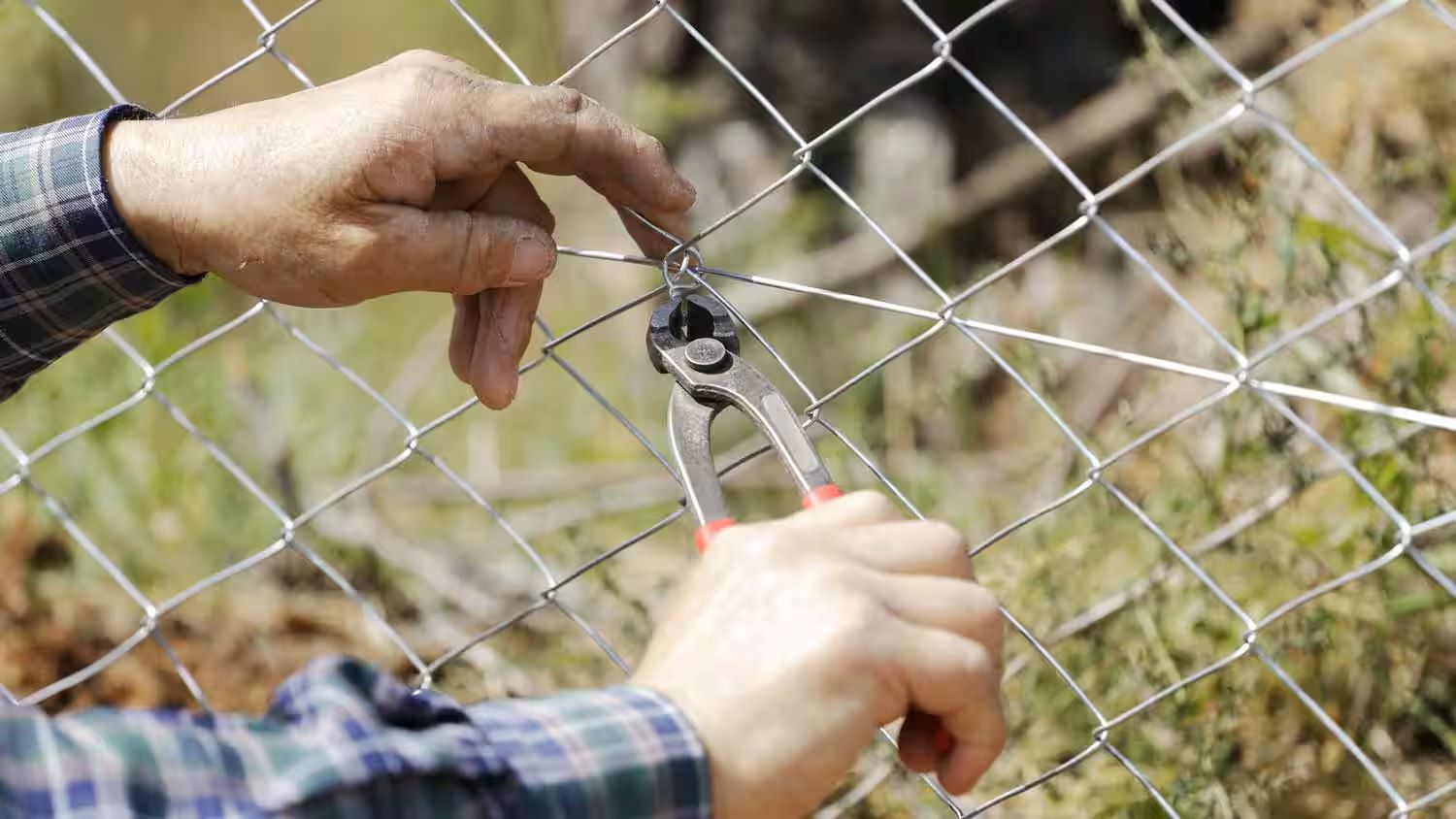
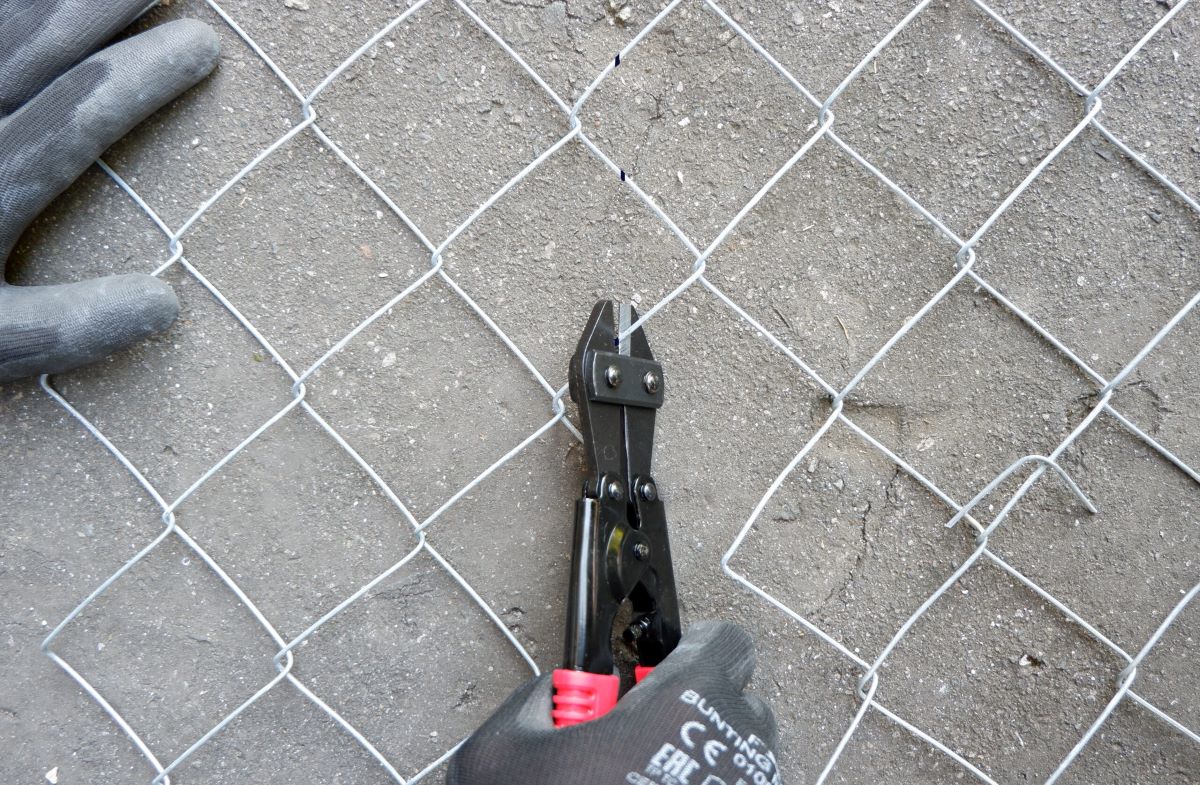
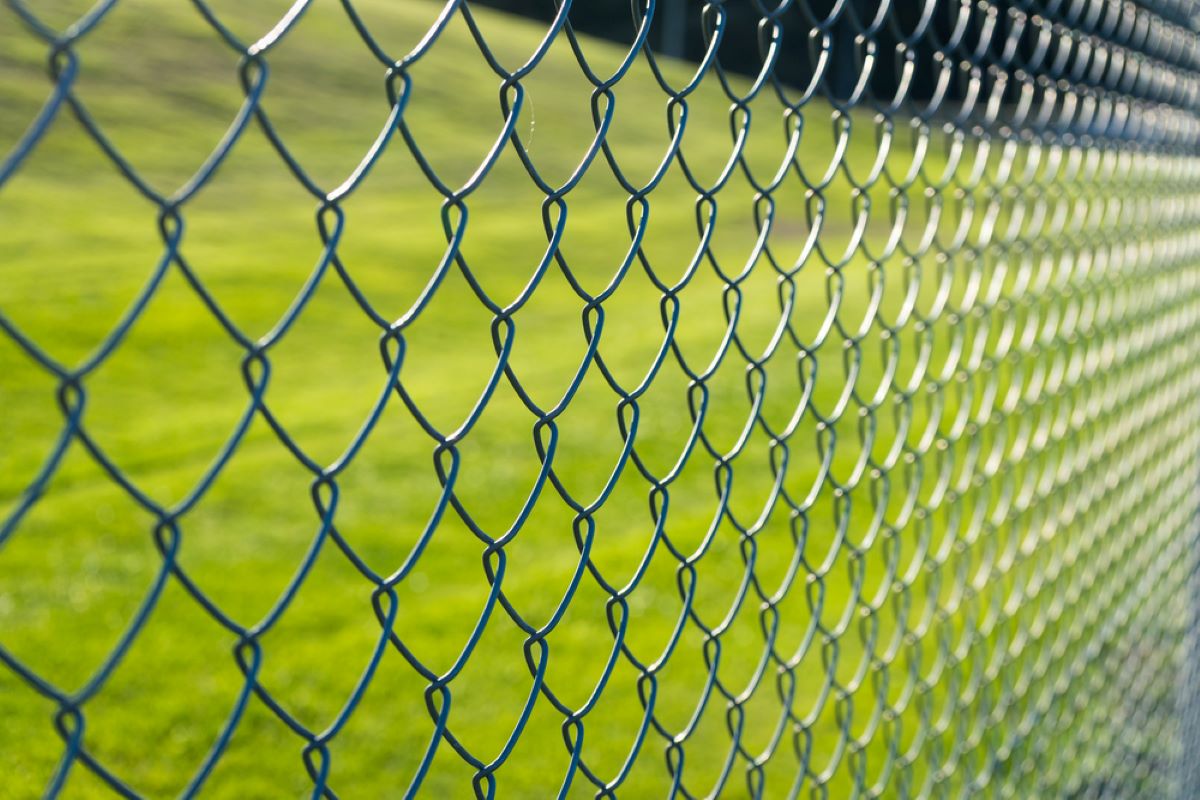
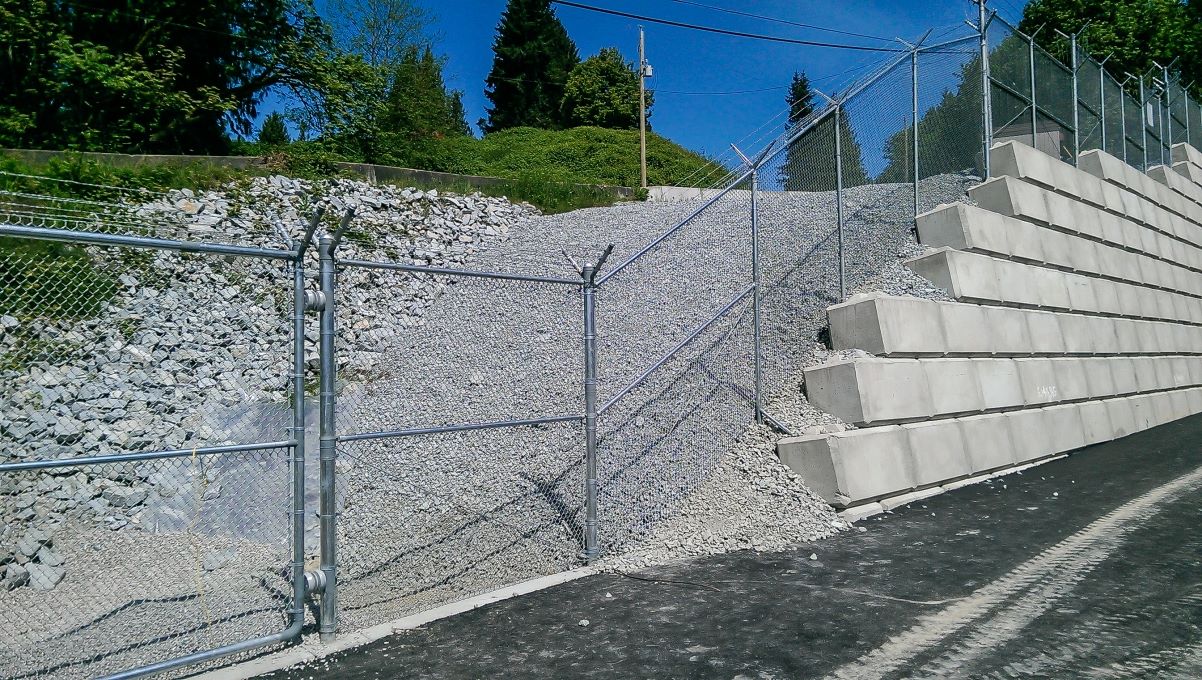
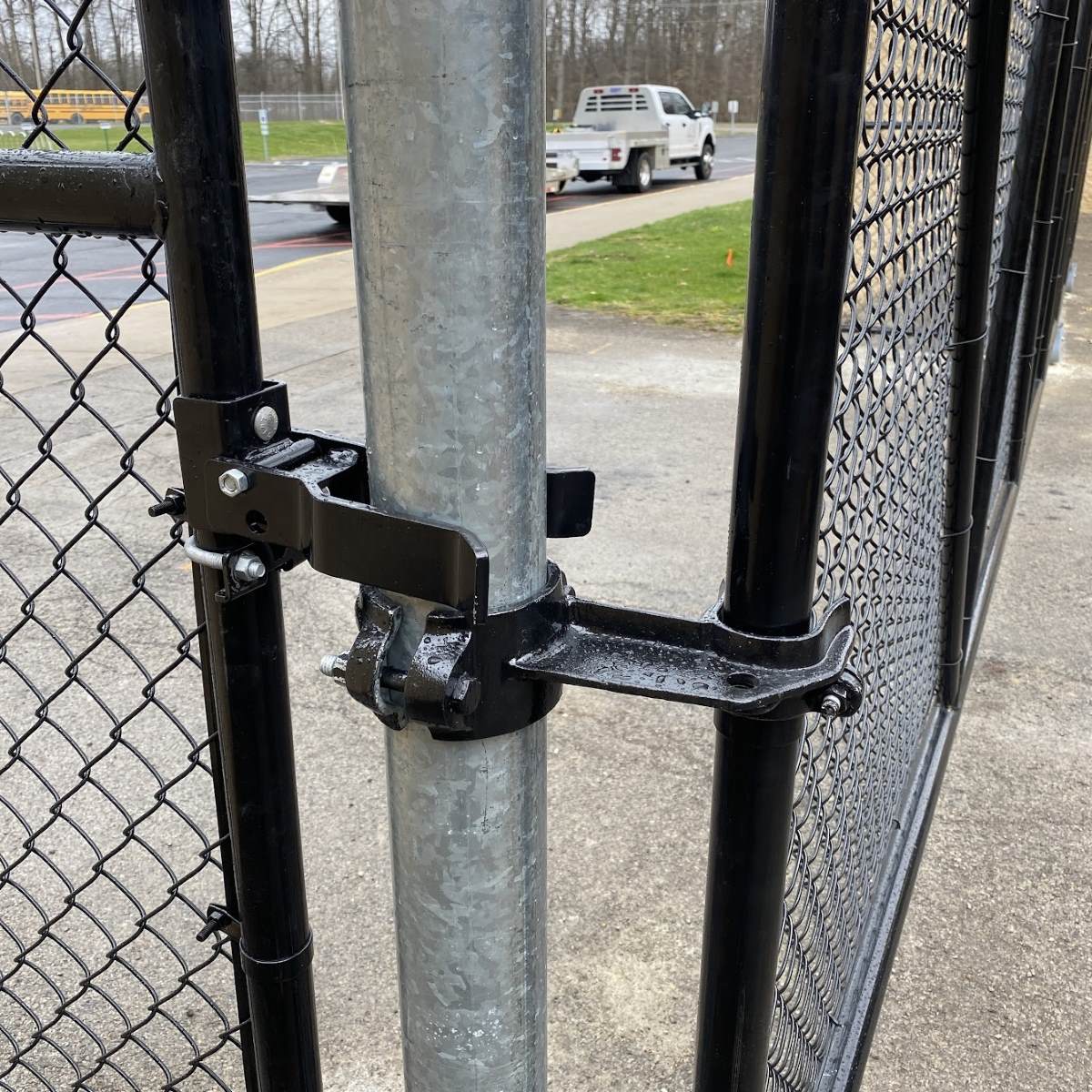
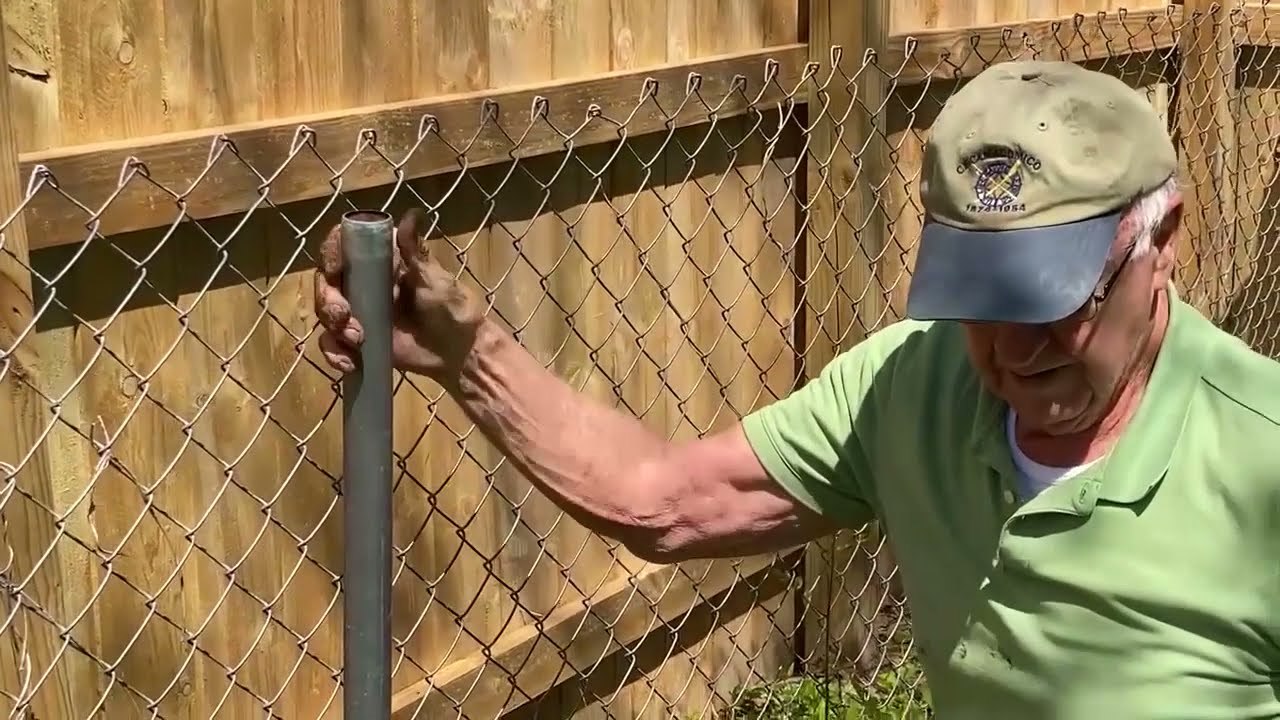
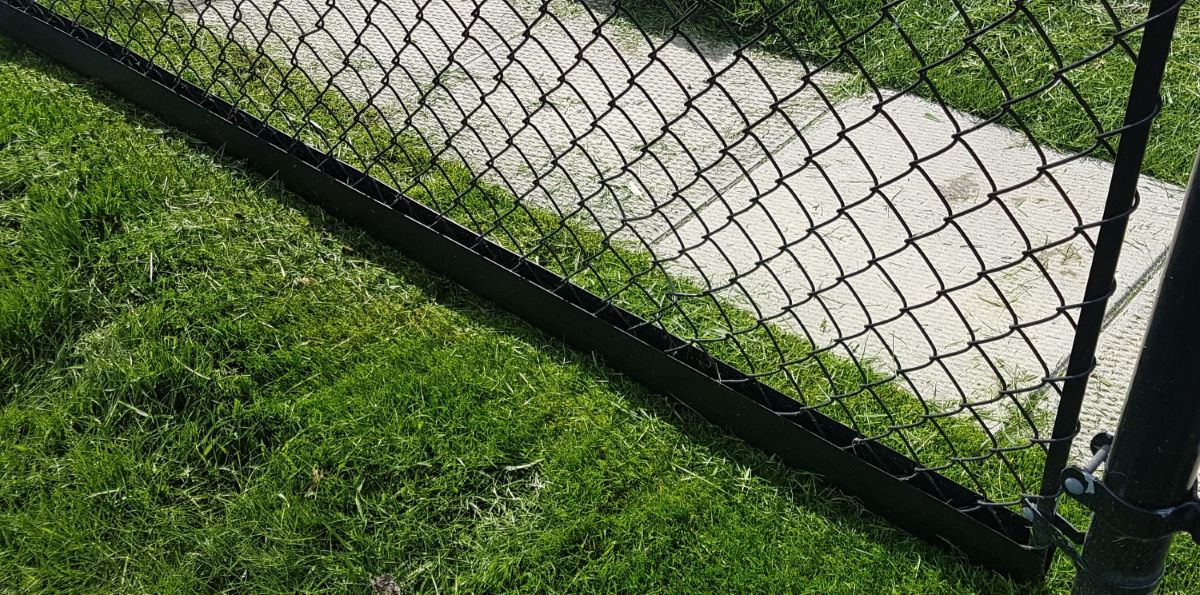
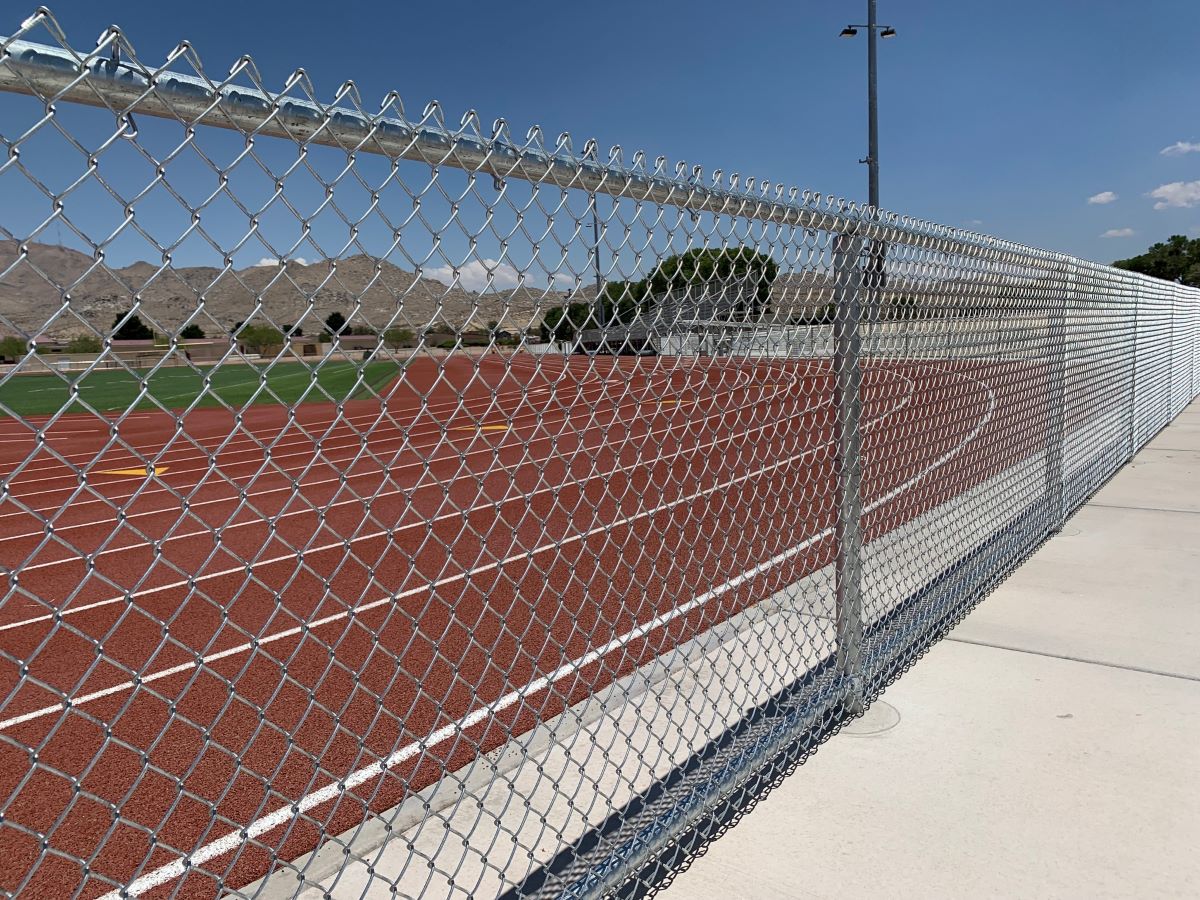

0 thoughts on “How Much Does It Cost To Put In A Chain-Link Fence?”